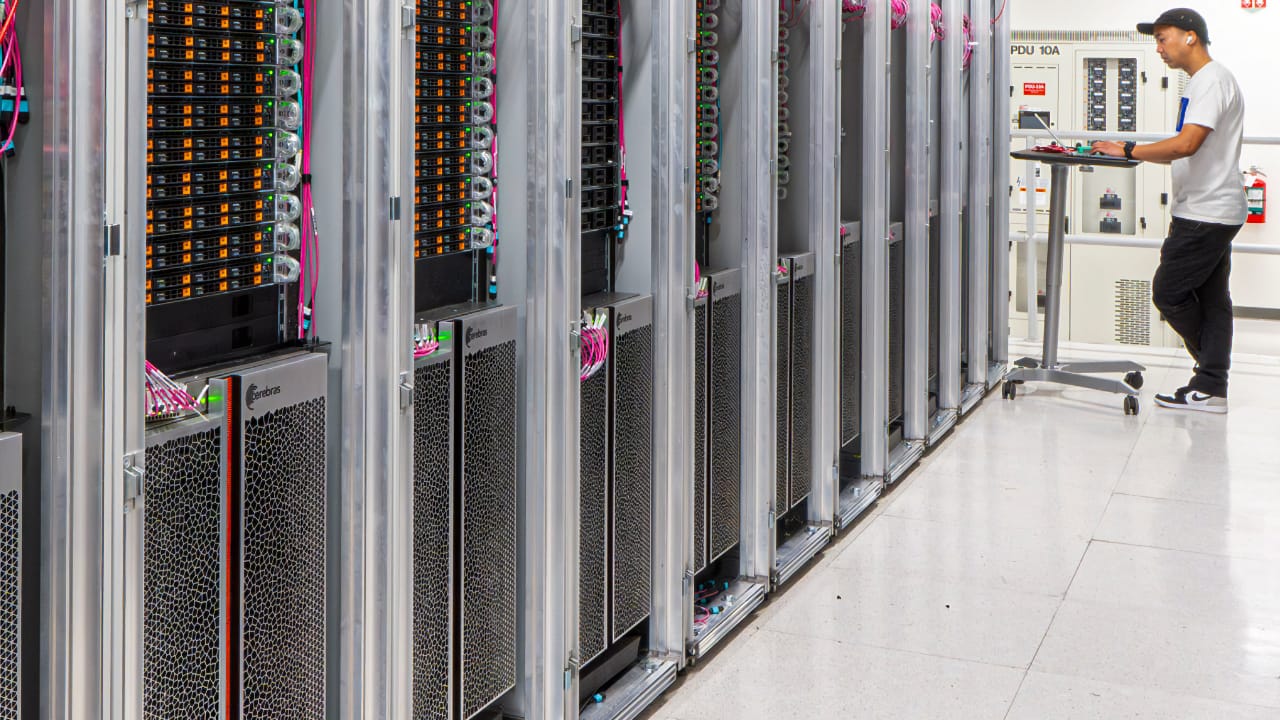
You think progress has been fast in AI recently? That’s nothing. Everything to date has been done on old hardware. And that’s about to change.
There have been some impressive and both exciting and worrisome advances in AI in the past few years, and the pace has been accelerating.
In 2023, we saw the launch of some incredibly powerful supercomputers dedicated to AI, like the four African elephant-sized GPUs that nVidia launched and the 54 million core Cerebras Condor Galaxy supercomputer, but what's all that power going to be used for?
Local AI inference
One application is, of course, big improvements in AI model training times, which, when combined with the new client AI hardware, is making these AI models more widely available and – critically – more private. The new generation of device level AI inference engines can run models entirely locally, so they don't have to send any information, including private, out to the cloud. In fact, the creators of the Mixtral AI model Mistral AI predict being able to run a system like ChatGPT 4 locally, and Microsoft's AI assistant and chatbot can also run locally while keeping personal data private rather than sending it up to the cloud to make inferences on it.
Consumer electronics
AI will be big in consumer electronics as well, turning coffee makers into robotic baristas and smart refrigerators that can automatically create shopping lists – and probably eventually place orders with Instacart automatically also.
We can expect consumer electronics manufacturers to try just about everything – enabling voice interfaces with cars and smart vacuums means they will be able to see and understand their environments. Again, technology is making science fiction real, such as with this Snapdragon powered AI pin.
Science
Yes, actual science. Google's DeepMind has sharply accelerated scientific discovery. It has an AI tool called Graph Networks for Materials Exploration, aka GNoMe, which has discovered 2 million new crystals, and its FunSearch AI has made discoveries in the field of mathematics. FunSearch pairs a Large Language Model trained to create solutions with an evaluator trained to detect hallucinations, as well as determine correctness. The output is functions, pieces of actual programs, that give researchers the building blocks for these discoveries so that they can understand how Function Search figured out the solution, which is as important as the solution itself and critical for evaluating their correctness.
FunSearch: Making discoveries in mathematical sciences using Large Language Models - Google DeepMind
Beyond robotics
Most robots require external instructions in order to function. Even the automated factories that nVidia has been helping automotive manufacturers to develop largely use central control. One growing trend in AI is adding awareness and autonomy to the robots. That requires both more and better sensors and also on-board AI models and inference engines. The Tesla Optimus-2 is an interesting example of what's possible for a robot that has its own sensory apparatus; it's able to walk on its own, handle delicate items like eggs without breaking them, and even dance.
Spirit and Endeavor traveled around Mars under control from NASA here on Earth. Troubleshooting problems took ages because the robots had to send data over a low connection with up to 40 minutes of latency, analyze that data, figure out what to do, and then send instructions to the robot over the same low bandwidth connection with up to another 40 minutes of latency. It's easy to imagine the potential in upgrading those explorer robots with new robots equipped with more advanced sensors and their own inference engines.
Since the technology to make such a robot is quite literally right here, and in fact, it will soon be in your new smart fridge and your smart vacuum and your car and your cat's litter box, that provides just the barest hint of where things will be next year.
The Singularity is near
The pace of technological progress in AI is accelerated at an unprecedented pace, and the rate at which it's progressing itself is accelerating at a pace that defies imagination... or prediction. With AI accelerating scientific discovery, which in turn contributes to the rate of advancement in technology, we are at the point where the last decade of scientific advancement matches, if not exceeds, the previous century’s. It possibly won't be long until one year's scientific advancement matches — or even exceeds — that of all of human history before it.
Some AI researchers believe that we already have AIs achieving consciousness. One of those is the CEO and founder of the German AI company Aleph Alpha, which is using AI to help companies optimize their business processes. Aleph Alph Sovereign AI is made for big business rather than for individuals and is on board at several titans, including Intel and Hewlett Packard Enterprise.
More approachable for individuals is Mistral's vaunted LLM, Mistral 7B, which is open source – distributed under the Apache license.
The first two nVidia DGX 200 AI supercomputers went online at nVidia and Microsoft last fall, and the first Cerebras cluster went live in December, with the full SkyNet-compliant Condor Galaxy supercluster going live by the end of this year. In other words, the breakneck progress from the last year has been riding on hardware an order of magnitude less powerful than what we have now.
It's going to be a wild ride.
Tags: Technology AI


Comments